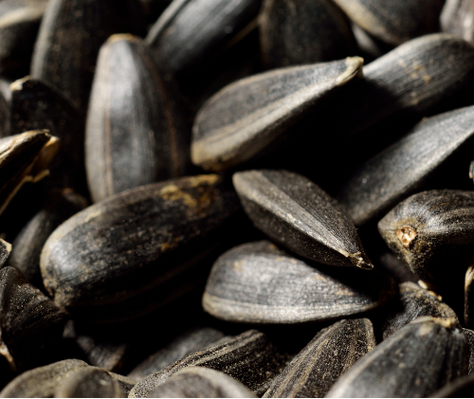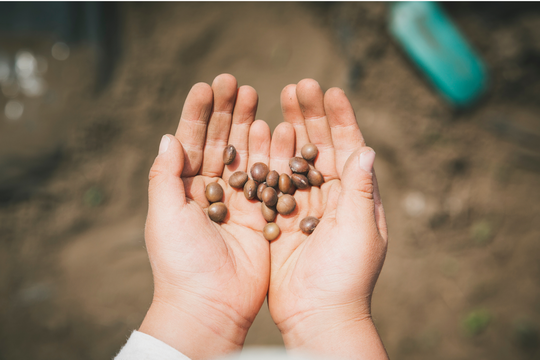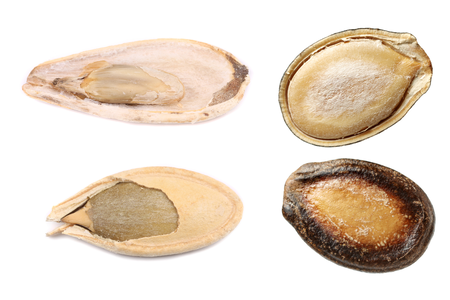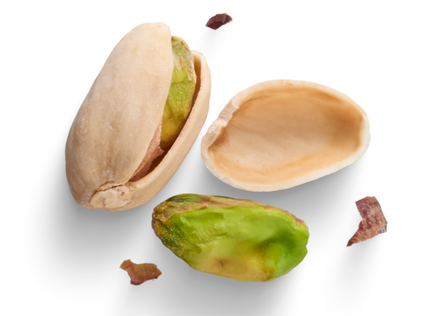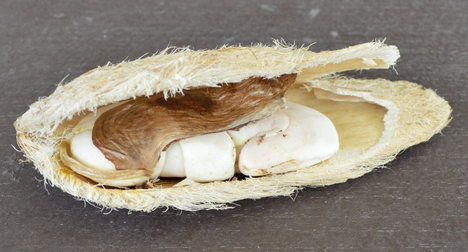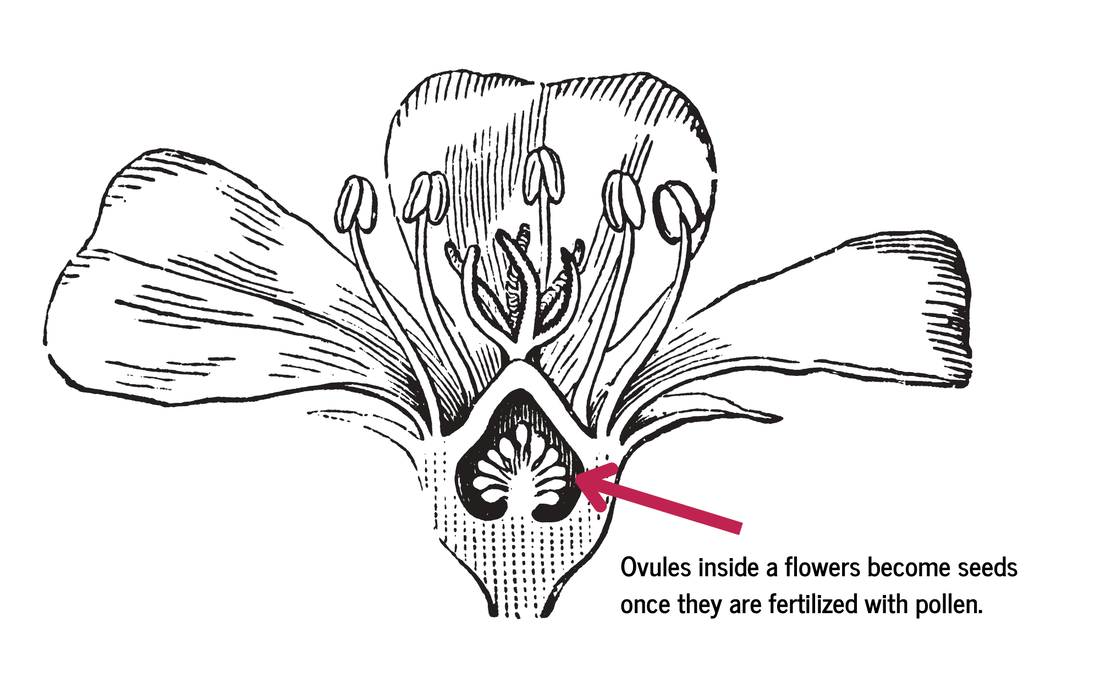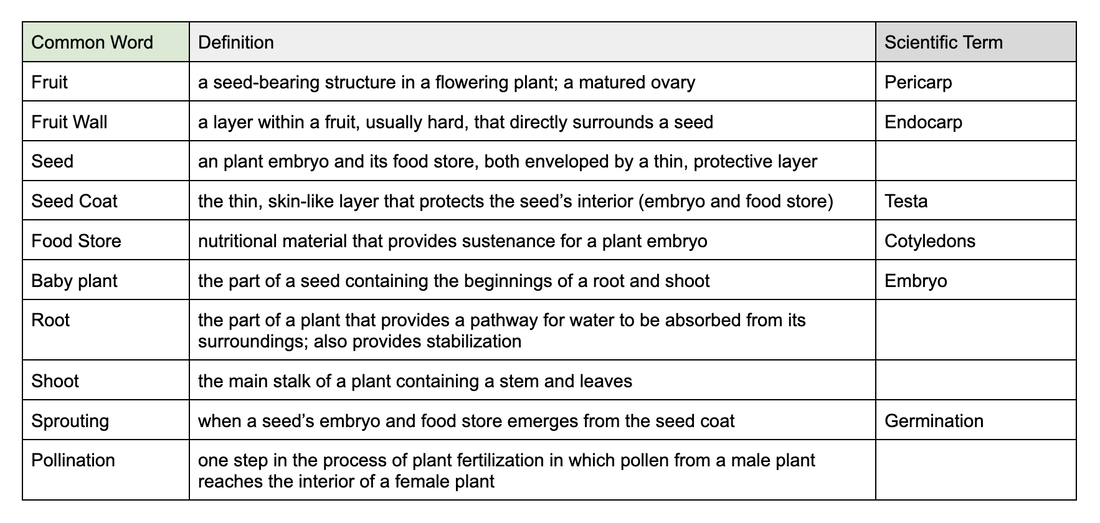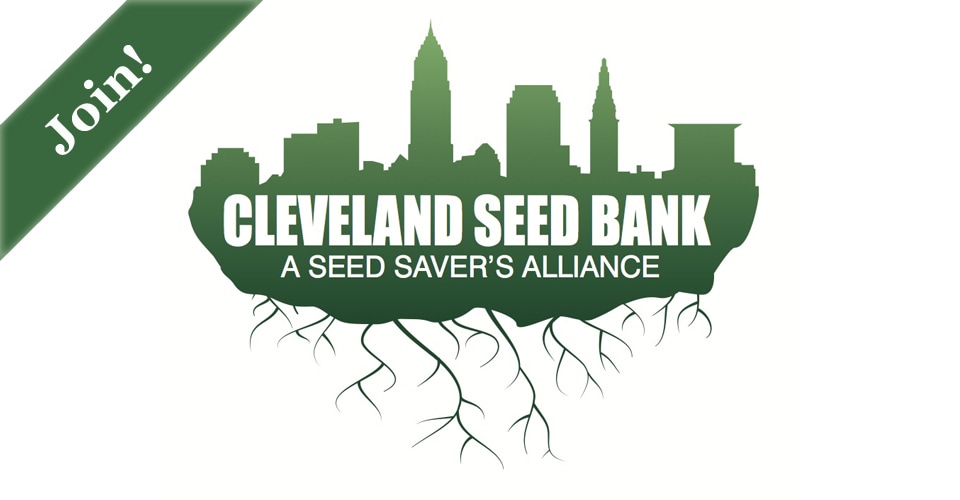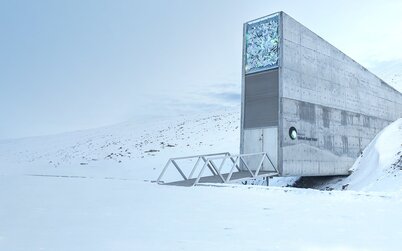All About Seeds
What is a seed?
A seed is a small object produced by a plant from which a new plant can grow.
Fast Facts1. Nearly all plants start as seeds
2. Many seeds are located within fruit, but some plants produce seeds without fruit 3. In the seed world, any fleshy or hard covering of a seed is considered a fruit, including the ones we call vegetables! 4. Seeds can travel and they do so by water, wind and animals |
|
What am I looking at?
If you were to cut open a seed, you would first cut into a thin, skin-like layer called the seed coat. Then your knife would enter the "meat" of the seed, which is actually stored food for the baby plant, or embryo, to consume until it can make its own food.
Seed Coat
When you are looking at a seed, you might be looking at the seed's thin, skin-like layer called a seed coat. Lima beans and peanuts have seed coats that peel off quite easily. Or, perhaps you cannot actually see the seed at all. Fruit Wall
Many seeds are encased by an additional outer layer called a fruit wall, or endocarp. Fruit walls include shells, husks and pits. Pistachio shells, sunflower seed husks and peach pits are common examples of fruit walls. What are more more examples you and your students can think of? If you have an oak tree near your school, your students may be able to find an example right at their feet! Food Stores
Seeds can have either one or two food stores, also called cotyledons. The cotyledons provide food for the embryo until it produce its own energy through photosynthesis. Embryo
The embryo is essentially a baby plant. When you see a seed sprouting, you are seeing the embryo growing into a baby plant. Under the right conditions, the embryo will begin to get bigger, split open the food stores and emerge from the seed coat. |
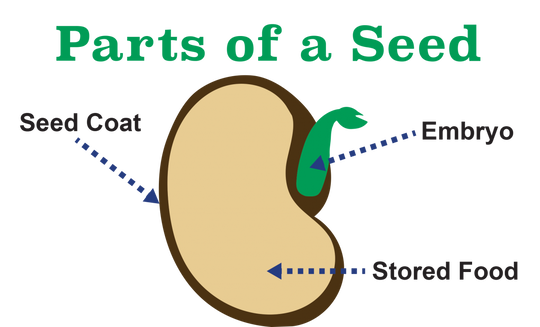
extension.sdstate.edu/plant-seedSample Seed Activitiesideas from kidsgardening.org
|
How does a seed turn into a plant?
When the embryo emerges, one part will grow upwards to become the stem and leaves while the other half grows downwards to make the roots. This process of new plant formation is called germination. To find out the right conditions for germination, check out the video below- or conduct an experiment with your class!
When the embryo emerges, one part will grow upwards to become the stem and leaves while the other half grows downwards to make the roots. This process of new plant formation is called germination. To find out the right conditions for germination, check out the video below- or conduct an experiment with your class!
|
|
|
How are seeds made?
most plants reproduce using flowers, but there are some plants that do not. Reproduction often begins when the interior of a flowering plant, or angiosperm, receives pollen from another plant. The interior chamber of a flower contains tiny pods called ovules. The pollen fertilizes the ovules and they become seeds while the chamber simultaneously becomes the surrounding fruit. Many times plants will drop their fruits containing the seeds if they are not consumed by humans or animals. When seeds from the fruit reach a resting spot, they will begin to sprout, given the right conditions.
most plants reproduce using flowers, but there are some plants that do not. Reproduction often begins when the interior of a flowering plant, or angiosperm, receives pollen from another plant. The interior chamber of a flower contains tiny pods called ovules. The pollen fertilizes the ovules and they become seeds while the chamber simultaneously becomes the surrounding fruit. Many times plants will drop their fruits containing the seeds if they are not consumed by humans or animals. When seeds from the fruit reach a resting spot, they will begin to sprout, given the right conditions.
How do seeds travel?
Plants disperse their seeds in lots of different ways.
Some seeds are transported by the wind and are shaped to float, glide or spin through the air. Plants growing near a river may use the flowing water to transport their seeds. Some seed pods are designed to explode and throw the seeds a good distance from the parent plant. Many plants also rely on animals to carry their seeds. This type of seed may have handy hooks which attach to an animal’s fur. Alternatively, the plants might make tasty fruit to enclose the seeds, which attract animals to eat them.
Plants disperse their seeds in lots of different ways.
Some seeds are transported by the wind and are shaped to float, glide or spin through the air. Plants growing near a river may use the flowing water to transport their seeds. Some seed pods are designed to explode and throw the seeds a good distance from the parent plant. Many plants also rely on animals to carry their seeds. This type of seed may have handy hooks which attach to an animal’s fur. Alternatively, the plants might make tasty fruit to enclose the seeds, which attract animals to eat them.
|
|
|
Key Words
More seed vocabulary below:
| seeds_vocabulary.docx | |
| File Size: | 12 kb |
| File Type: | docx |
Concepts Related to Seeds
If your class is interested in studying seeds and you choose to facilitate a seed investigation, consider using any 3 or 4 concepts listed below. Choosing a limited number of concepts based on children's interests helps to narrow down the research required by teachers. It also helps teachers shape the investigation by diving deeper into the chosen content instead of feeling pressure to cover all concepts related to the topic. Choosing what's most relevant to the children in your class helps everyone get the most out of the investigation.
|
Types of Seeds
Seed Structure Seed Formation Fertilization Pollination |
Germination
Plant Growth Seed Dispersal Soil Biomes |
Enviro. Conditions
Animal Consumption Nutrition from Seeds Seeds Around the World |
Seeds Songs
|
|
|
Books about Seeds
|
|
Need a booklist to give to your librarian? Click the file below!
| ||||||
Seeds Resources and References
Many people around the world are dedicated to preserving and storing seeds, so that we can continue growing food and other plants indefinitely!

